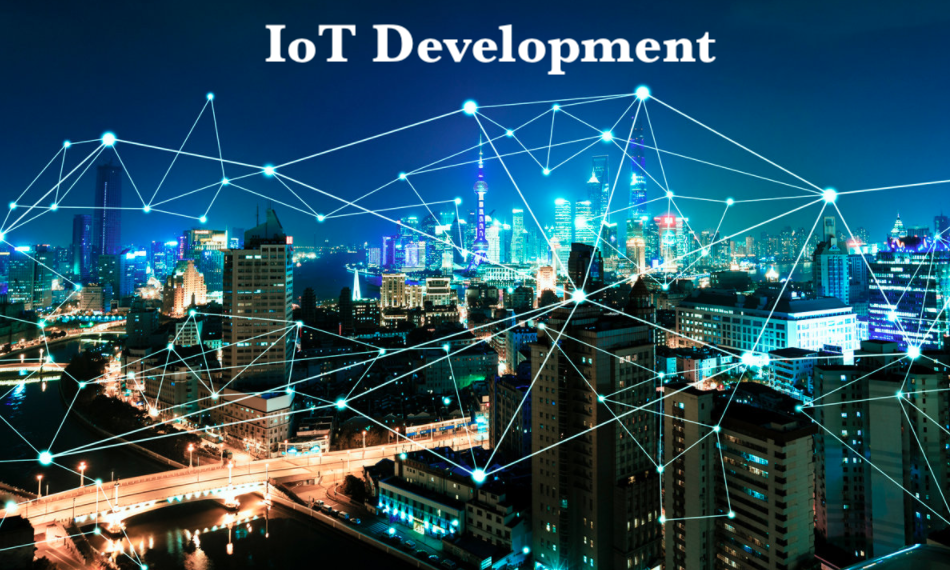Future of IoT Development and devices: What we can Expect to see in Next Decade. How to tell which IoT predictions to pay attention to by Next Year.
First ad foremost, you must know that this happens every year around this time. All the IoT companies on the planet, whether it’s a giant platform company, an old-school manufacturing player, or a teeny startup are the same. They are making Internet-enabled baby monitors issues its predictions about the market in the years to come, in the hope that IoT reporters looking for a quick story will write something with a headline like “Internet-enabled baby monitor market to reach $250 billion by 2040, according to cool company.”
More on IoT Development coming soon:
- What is the IoT? How the internet of things works
- What is edge computing and how it’s changing the network
- Most powerful Internet of Things companies
- 10 Hot IoT startups to watch
- The 6 ways to make money in IoT
- What is digital twin technology? [and why it matters]
- Blockchain, service-centric networking key to IoT success
- Getting grounded in IoT networking and security
- Building IoT-ready networks must become a priority
- What is the Industrial IoT? [And why the stakes are so high]
Still, those predictions are, to put it kindly, all over the map. A McKinsey & Company estimate suggests that the economic impact of the IoT will reach $11 trillion by 2025. International Data Corporation (IDC) estimates that total spending on IoT will reach $1.2 trillion by 2022. Popular Gartner predicts about 20.4 billion connected devices globally by 2020, and DigiCert says that 92% of companies they surveyed said IoT will be “important to their business” in the year 2012.
There’s a lot of signal and also a lot of noise.
Probably the main reason for the difficulty in predicting where the IoT market at large is going to go is that there’s no general agreement on a precise definition of the boundaries of that market. Hence, the large number of large numbers purporting to describe the “size of the IoT market,” which are frequently measuring very different aspects of it.
“Everyone knows it’s going to be big,” said Alan Griffiths, principal consultant with market researcher Cambashi. “And no one’s got the faintest idea, in my opinion, of how big it’s going to be.” He talks to top technical people – CIOs and CTOs – for his estimates of the IoT market, which gives him a better read on who’s buying what.
Griffiths’ research on the IIoT market highlights another important point: IoT trend predictions focused on more specific market segments, or on particular technologies, tend to be a lot more digestible. The relevant details needed to create such an analysis are easier to get, and it’s more difficult to make guesswork look presentable.
IoT Development Research Analysts
But different analysts still have different methodologies, according to 451 Research vice president Christian Renaud. Many analysts base their estimates on their intimate knowledge of the vendor community – simply knowing that, hypothetically, a large proportion of the companies in a given segment aren’t interested in buying product X can be a powerful predictive tool.
“In our case, we do a lot of consulting projects for various clients throughout the course of the year, and we have our own syndicated data, doing surveys of customers about adoption plans and things like that, and that will, in the aggregate, form a composite opinion,” said Renaud.
While vendor predictions are occasionally just high-flown guesstimates about market size, vendors usually tilt research to make themselves look good in more subtle ways. Phrasing survey questions so that respondents are likely to answer them in a particular way, carefully selecting the parameters of a given prediction – “the market for IIoT gateways that feature this particular combination of connectivity options is set to rise by 300% year-over-year!” – you get the idea.
The accuracy of longer-term predictions tends to vary heavily by methodology. Simply measuring the CAGR of a given technology can give a quick-and-dirty estimate, based on current trends, but that frequently doesn’t tell the whole story. Market trends change frequently, and deeper knowledge of the directions in which that change is likely to happen – based on a stronger understanding of a given market – typically leads to a better estimate of future figures.
IoT Development: How to tell which IoT predictions to pay attention to by Next Year
- iot development what we can expect to see in next decade
- future devices development
- latest trends in internet of things 2020
- future of the internet 2020
- future iot devices
- number of iot devices by 2025
- iot facts 2020 development
- iot ideas 2021/2022
Some of this, of course, is simple common sense – studies that include fully described and rigorous methodologies, those that use authoritative data (whether it’s unbiased surveys, data from widely accepted sources of demographic data like the World Bank or United Nations, and so on) and those that aren’t undertaken at the behest of a vendor are more likely to be accurate than others.
Defining the terms of a given estimate is a critical step to getting people to take it seriously, which is why estimates of the IoT market as a whole – whose boundaries are nebulous at best – should generally be taken with a large grain of salt.
“If you ever see a ‘there’s 175 billion IoT devices’ number from me, it means I’ve been kidnapped and that’s my call for help,” said Renaud.







![9 Major Trends of Cloud Security [New Update for this Year] 9 Major Trends of Cloud Security in 2021](https://hybridcloudtech.com/wp-content/uploads/2021/02/9-Major-Trends-of-Cloud-Security-in-20212022-100x70.png)